What’s worse when planning a new construction project – high costs or cost uncertainty?
Two construction economists who recently weighed in on the question suggested that unpredictability was a scourge that can erase profits and send developers scrambling to mitigate the problem.
David Schoonjans, senior director of cost and project management with Altus Group, served as the author of his firm’s recently released 2022 Canadian Cost Guide. The estimating guide is based on 4,310 projects and represents a tool for developers looking to plan projects across Canada with the greatest cost certainty possible.
“To a developer, predictability is important,” said Schoonjans, addressing the hot highrise residential market. “Your absolute costs, yes, they’re important, but as long as I know what they are upfront, and I can make my pro forma work, after that you’re concerned about the predictability. And Vancouver has certainly been more predictable than Toronto over the past few years.
“What you need to do is control your risk of getting blown apart before you get into the ground, and without a doubt Vancouver has had an advantage over the past few years and will for the next few years.”
Major takeaways from the research, according to Schoonjans, are that while Toronto’s average housing price has passed Vancouver, Toronto’s average building cost has also caught up to Vancouver; and that Toronto’s underground costs have escalated so much that they have surpassed Vancouver’s.
The economist also predicts Toronto’s highrise residential costs, particularly formwork, are looking to spike in the next few years as a result of the huge sales of 2021 while Vancouver’s will remain relatively steady; and that developers are looking at a triple whammy of continuing major hikes in each of steel, wood and concrete and will be unable to substitute one for the other to achieve savings.
Low cost is important, Schoonjans said, but only relatively speaking.
“Really, nobody cares what it costs and nobody cares what your revenue is,” he said. “It’s fine, it being a high cost, as long as your revenue is equally high and there’s a spread there for you to make your profit.”
The new Altus Group cost guide offers the following examples of the price differentials between Toronto and Vancouver, with prices stated for private sector projects per square foot, comparing high-end costs in each city:
- 60 storey-plus residential, Vancouver $380, Toronto $420
- office buildings 31 to 60 storeys, Vancouver $415, Toronto $480
- underground parking garage, Vancouver $200, Toronto $265
- warehouse, Vancouver $145, Toronto $160
- pharmaceutical lab, Vancouver $855, Toronto $1,250
- data centre tier 3, Vancouver $1,055, Toronto $1,800.
The cost of site servicing per industrial acre in Vancouver is $236,300, compared with $252,300 in Toronto.
An underground LRT station costs $194.69 million in B.C. and $188.32 million in the Toronto region.
“If you look at it, your below-grade, it’s about a quarter of your total costs,” said Schoonjans. “And in Toronto, slightly more, it’s definitely something to consider. It can make a meaningful difference to the bottom line of these projects, if you have less below grade.”
ConstructConnect chief economist Alex Carrick said when there is uncertainty, it causes developers and contractors to take action to reduce the risk.
“The real issue there is what can you do to protect yourself so that you’re not caught with these huge increases in costs?” he said.
Strategies include inserting escalation clauses in contracts and negotiating letters of intent with owners confirming their future intentions so the builder can lock down materials.
Carrick recently produced a summary of quarterly and annual year-over-year materials cost increases, based on the Industrial Product Price Index series from Statistics Canada. His report covered November 2020 to November 2021.
Among annual cost increases, Statistics Canada found that hardwood lumber was up 25 per cent during that period; softwood lumber was up 21.8 per cent; wood trusses and engineered wood members up 39.2 per cent; coke and other coke oven products 40.7 per cent; gasoline 71.5 per cent; diesel and biofuels 58.9 per cent; iron or steel pipes and tubes 63 per cent; metal building and construction materials 54.4 per cent; wire and cable 73.2 per cent; and metal windows and doors 39.4 per cent.
A major curiosity to Carrick has been the rise in the price of cement – 5.8 per cent from November to November.
“You know that you’re living in really rare times when cement prices are increasing,” he said, saying the reason for the rise is uncertain. “I have followed construction prices for decades, and cement prices don’t go up over two per cent per year.”
Asked which of several causes of cost hikes – high demand for inputs, supply chain disruptions, volatile commodity prices and labour shortages – were likely to subside, Carrick suggested only supply chain problems might be resolved in the near future. Commodity price increases are likely to remain a “huge” problem, he said, with a commodity “supercycle” probable to emerge in part due to the greening of the economy.
Lumber prices dipped for a while in 2021 but are now back on the rise and Carrick does not see a resolution in sight.
His estimate of the rise in construction costs in 2022 is five per cent.
“I’m being conservative when I say five. It might be more than that.”
Follow the author on Twitter @DonWall_DCN.


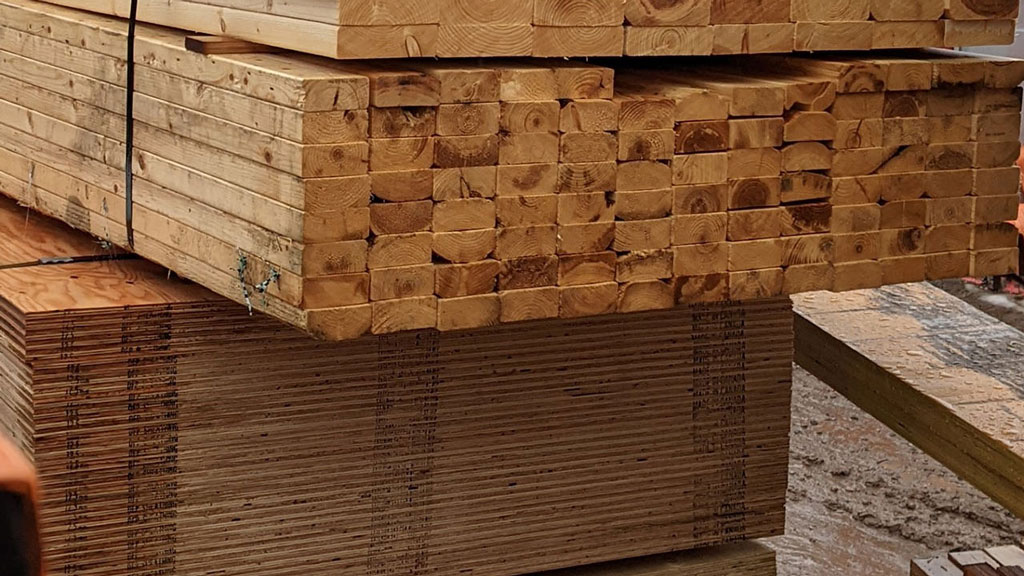
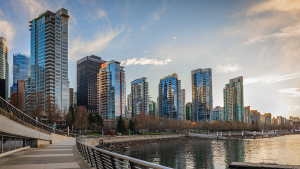

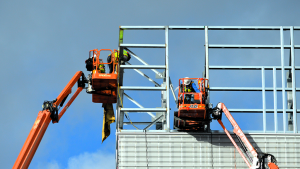
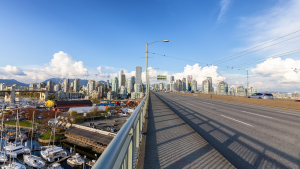
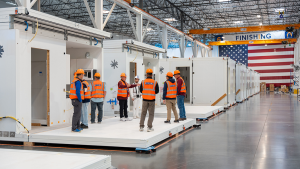
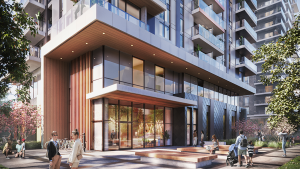


outlines recent year over year % increases of construction products.